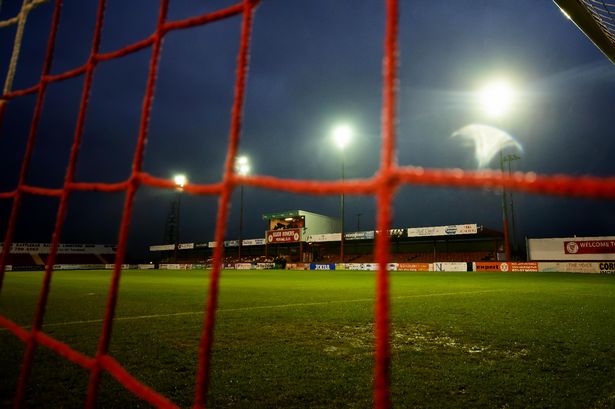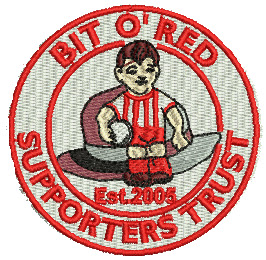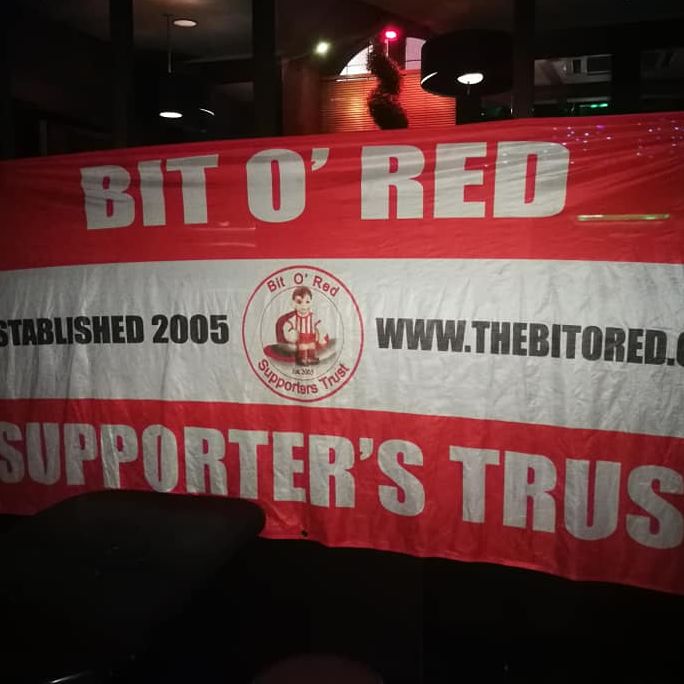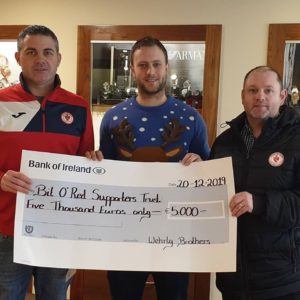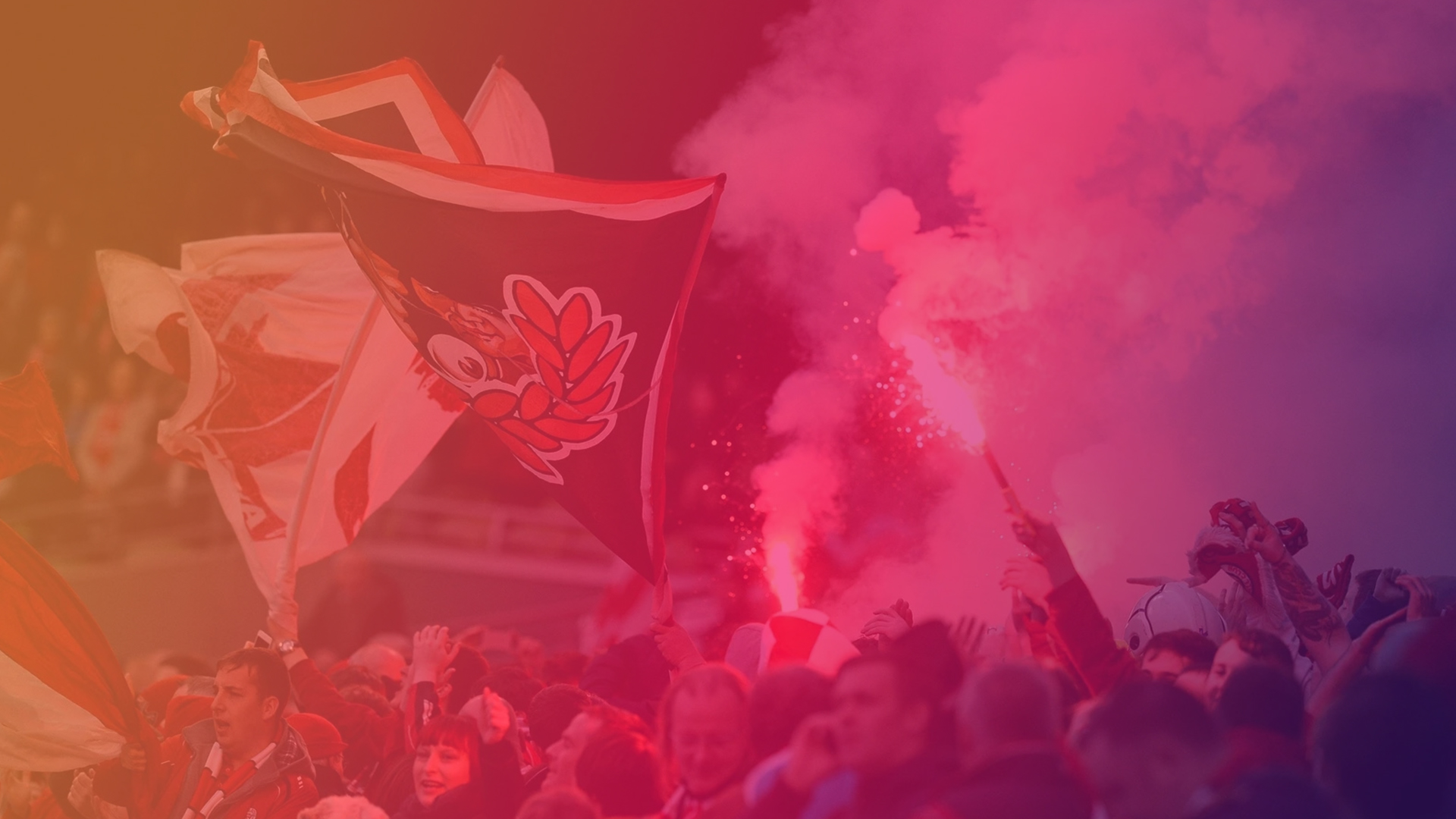

The people have the power.
All we have to do is awaken
The power in the people.
John Lennon
In Okinawan Japanese there is a word Ikigai, meaning “the reason for which you wake up in the morning” your “sense of purpose”. The advances of the European Super League awoken a powerful Ikigai sweeping through Liverpool, London and Manchester, football fans stood shoulder to shoulder to push back the greed and power of the mighty, uniting the clans for one Love. The love of the people’s game. Neither colour race nor creed, club loyalty or crest adored would allow the elite to steal the poor man’s game for the rich mans of profit.
People power prevailed.
For now, the finger is in the European Super League dyke.
As LOI fans we looked on in shock, how can these rich owners just decide to sell out on tradition and history to set up a member only franchise and never even consult the very fans the club exists for.
How dare they says you. And dare they do and will again.
We have a history of such an attempted power grab on our own shores. Roll back to the year 2007 when Fintan Drury, who headed up the Irish end of the British-based sports agency Platinum One, began work on a business plan to set up an All-Ireland league.
September 2005 saw the publication of the Genesis report (an independent report into the operation of the national league) commissioned by the FAI prior to the official takeover of the league. This report includes recommendations for the reorganisation of the national football league, highlighting inadequate and outdated stadium infrastructures, low level of total sports sponsorship market (1%), the poor state of club finances (a collective debt €3,000000), poor marketing & inadequate media coverage.
So, in this report Platinum One was handed the failings of the league on a plate and could now use the same short fallings to promote an All-Ireland league.
Was it strategic opportunism by Platinum One examining the spoils of a dysfunctional league and deciding whether the time was right to pick up the debris or leave it sit and return to it another time?
The timing was right to scavenge.
In 2005 Shamrock were relegated after a promotion/relegation play off with Dublin City F.C, a club with 107 years of history demoted to the first division graveyard, by a club in existence less than 5 years.
July 2006 Saw Dublin City withdraw from the league with debts of €1.5 million (€1 million owed to its owner Ronan Seery). The knock-on effect was Derry City regained the points they dropped against Dublin City and closed the gap on Shelbourne.
Shelbourne would go on to win the league on the last day ,but would later be relegated for financial irregularities, failing to pay a tax bill of €104,000, and throughout the season struggled to meet players wages. The club’s alternative was to attempt to sell Tolka Park in 2006 for an estimated price of €30 million.
2006 also saw Bohemians deducted 3 points after fielding a suspended Jason McGuiness in one of their games. Waterford United were to remain in the League of Ireland Premier Division, despite being beaten in the play-offs by Dundalk, who were deemed not to have met the criteria set out but the FAI’s Independent Assessment Group and therefore were denied promotion.
The FAI’s new league was decided by an Independent Assessment Group (IAG) which was supposed to allay fears of FAI bias. Those fears were not allayed. All clubs were to make presentations to the league which could take any form once sufficient documentation was provided.
In 2006 the FAI backed a scheme to get the four big Dublin clubs to ground share, Shelbourne with Bohemians at Dalymount and Shamrocks with St. Patricks Athletic in Tallaght.
At Bohemians, there was a realisation that the only serious options for the club was to allow Shelbourne in, or to sell up and move to the suburbs. In the preceding year Bohemians had lost €720,000 while Shelbourne reportedly had lost €940,000. Dalymount required and enormous amount of work and even with the combined reserves of both clubs they would not be able to deliver on a high-quality stadium. Dalymount was estimated with a real estate value varying from €30 million to around twice that. Some fans argued that selling up and using the cash to establish a new stadium and training facilities in the suburbs made more sense.
Bohemians had a buyer for Dalymount in Danninger Ltd. In a deal worth €60 million and they would move to a new 10,000-seater stadium in Harristown and pocket €40 million. But the club also had an earlier agreement with Albion properties (who had already handed over a significant amount of money) to sell part of the ground to them. It ended up in the high court and the case over the sale went against Bohemians. Danninger Ltd later pulled out of the deal and Bohemians had to secure a €4m debt to Zurich Bank was secured against the carpark.
Shelbourne was an absolute basket case. Stripped of the Premier Division title, thrown out of Europe and demoted to the First Division, Shelbourne were dealt a further blow by auditors, who reported that the club failed to keep proper accounts.
A sum in excess of €600,000 was unaccounted for in the books of Accolade Ltd, the company behind Shelbourne FC, and the Companies Registration Office was notified of a failure to keep proper books “in respect of all income and expenditures”.
The finances of St Patricks Athletic were not much better and a sale of Richmond Park estimated at €26 million seemed the only option to pay those who had loaned substantial amounts to the club could be repaid. Gerry Mulvey at the time was a 50% stakeholder in St. Pats and had spent €635,000 on his stake in the club.
Down south Cork City were no better off and the then owner Brain Lennox made it clear in October 2006 that the club would not survive 12 months without substantial outside investment. Cork had just won the league in 2005 and were now slowly sinking out of business with debts reported to be around €800,000.
So, three of the Dublin big 4 were flat broke and the previous year’s league champions were sinking fast. The league was totally F*****D.
So, from all this you can see the league was a complete shit show, clubs were millions in debt, refused licensing to participate in the premier league, the league champions stripped of their title, kicked out of Europe, demoted, possible no ground to play in and some clubs having to go out of business.
The future seemed bleak, and that’s putting it mildly.
We had multimillion euro turnover businesses being run like market stalls.
The clubs crashed and burned, poured petrol on the flames, and just kept pouring.
The vultures were circling. Was it good timing or was it just pure opportunism for a new business proposal for these ailing clubs?
So, let’s get back to Platinum One and it proposed All Ireland League.
The first stages to develop an All-Ireland league began in late 2006 with the proposed starting date of an All-Ireland League 2009.
In October 2007 it emerged that, in addition to preliminary work by some Southern clubs to explore the possibility of establishing a 32-county topflight, a second, apparently more advanced, process was under way.
Fintan Drury, who headed up the Irish end of the British-based sports agency Platinum One also was an adviser to St Patrick’s Athletic owner Garrett Kelleher, had been working on a business plan for a league involving the leading clubs from both sides of the Border.
Former Derry City managing director Jim Roddy, was to work on the process, held meetings with representatives of clubs as well as several politicians to gauge support for the new league.
This second initiative was the product of five meetings held in Dublin over the previous two months. Most have been held in the IFSC offices of Arkaga, the company that owned Cork City, and initially the group was limited to a few of the League of Ireland’s big clubs but has been steadily expanding.
Garrett Kelleher (who’s business just happened to be advised by the owner of the private company trying to form an All-Ireland League) bought out Gerry Mulvey’s 50% stake and some others smaller shares in St. Pats in June 2007 now owning 60% shares in the club. Maybe this was just coincidence that a millionaire property developer was willing to invest a lot of finance into a business that was unable to generate enough revenue to cover its expenses around the time of advances in an All-Ireland League.
In 2007 also the Arkaga fund took ownership of Cork City, with Brian Lennox selling the club.
Arkaga, founded by Irishman Gerard Walsh, were a private equity fund that invest principally in the healthcare, technology, property, media and leisure sectors. They are also engaged in stocks and real estate. So why would you invest in a Football club with losses of €800,000? Again all this around the time of a possible All Ireland League!!
So now two basket case clubs have been bought in the same year by investors who have ties to Platinum One!
March 2008 sees Platinum One state they want a “franchise” from Limerick included in the 10-team competition. This team in Limerick at the time was Limerick 37 only two-years in existence and owned by Irish American businessman Jack McCarthy. However, it was not clear if the “franchise” would be offered to Limerick 37.
So now 9 teams (majority private owned) had practically been assured of their places Drogheda United, Bohemians, St Patrick’s Athletic, Cork City, Galway United, Shamrock Rovers, Derry City, Linfield and Glentoran. This is not to say they all agreed but had all shown willingness to participate.
Yes, you probably have noticed Sligo Rovers were excluded.
Support from governments in both jurisdictions was given a boost to the AIL organisers and went as far as the then finance minister Brian Cowen meeting with Fintan Drury and Jim Roddy.
However, although Platinum One had clubs and some government support for the plan, if clubs wanted to pursue this format, it had to be sanctioned by both national associations and then by UEFA.
And so, sounds the death knell to the AIL with both associations rejecting the proposal.
September 2008 saw Platinum abandon its plan for an All-Ireland “Super League”.
Reflecting on the recent European Super League (ESL) we can see similarities to that of Platinum Ones: Crisis, Profiteering and Exclusion.
The word crisis comes from the Greek “to separate, to sift” which means to pass judgement, to keep only what is worthwhile.
So, Platinum One had sifted through the islands clubs and kept wat was worthwhile to make up the AIL. But what about Sligo Rovers, Waterford, Dundalk, Finn Harps etc. Clubs engrained in the community and years of history and tradition. Was it coincidence many of these clubs were fan owned and fan run at the time to be excluded?
Big business see crisis as opportunity, vultures circling their prey just watching them get weaker and weaker, their prey cling to any hope of salvation but then it appears as a wolf in sheep’s clothing.
Was the All -Ireland league really concerned with providing a full-time professional league with modern state of the art facilities to attract fans to the grounds or were they only interested in the sporting industry which continues to be one of the most dominant players in media and entertainment.
Advertisers flock and capitalize on the eyeballs that sports receive and use it as a prime marketing opportunity. Between sponsorships, in-stadium advertising and ads run during events, brands have many opportunities to make their presence known.
So, for now the ESL may be parked, but let history on this island serve to prove its not gone away and will return in another guises, now they realise the issues they face to push it through. In 2008 Platinum One abandoned the AIL but move on to 2019 and the emergence of the All-Island League (fronted by Kieran Lucid). This new proposal has put flesh on the bones engaging the services of Dutch sports data consultancy Hypercube in October 2019, with a view to exploring the possibilities of cross-border competition on the island of Ireland
It had backing of the FAI and many clubs.
Again, a new venture initially was not set to involve the national associations.
All-Island League proposals are on hold because of Covid-19 but the pandemic could serve as a reminder of the vulnerability of professional football in Ireland.
Kieran Lucid spoke with Club Owners, FAI and IFA and governments both sides of the border, but when were the fans directly consulted . And her lies the very issue. These multi-millionaire backers do not see fans as important stakeholders, just a customer to pay for the product.
It took the power of the masses in the UK to say Halt to the ESL, the fans of private company ownership with no say or representation on their board that affect their club decision making. These owners believe in asking for forgiveness rather than asking for permission. They look upon fans as customers and not as the very existence for the clubs being. It should not be the dream of football supporters to be involved in their club’s decision making, it should their right.
Fans must be valued by the club they support, not milked like “cash cows”.
Our own LOI supporters need to take this warning of the ESL to reflect on their influence and representation in their club’s decision making. We saw Cork City fold after Arkaga had gambled everything on the proposed All-Ireland League, leaving their mess to be cleaned up by the fans. Drogheda were also in a similar situation entering examinership in 2008.
Dundalk with billionaire owners attracted to a loss-making football club on the outpost of Europe. Why? Could it be for the prospect of lucrative All island league and like the ESL, fans will know nothing of what is happening to their club until their the the ones left top pick up the pieces if it all crumbles.
Their needs to be a movement in our league by fans to mobilise and organise under a fans umbrella as one collective voice. A voice that will be strong enough for owners to realise fans consultation is a necessity, a voice which can be heard not only in the league but also in government. A body that needs to be recognised by the government supported and funded if required to do so. In any discussion on the AIL their needs to be a fans stakeholder group, and all information fed down to the clubs’ supporters and consultation with all club’s supporters.
The people have the power.
All we have to do is awaken
The power in the people.
John Lennon
